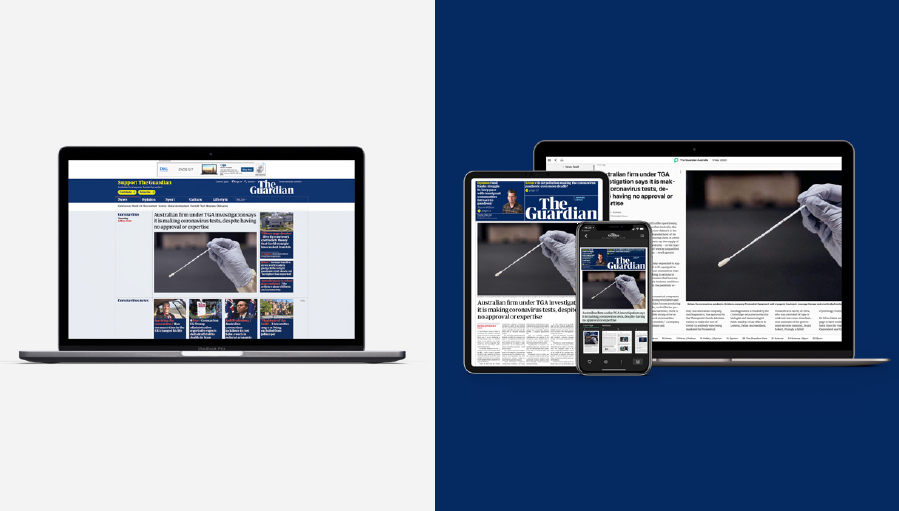Digital replica editions of newspapers and magazines have been called many things over the past 20+ years, but strategic wasn’t typically one of them. We heard one pundit call them antiquated monoliths leading magazines straight into oblivion; others said they were red herrings and impractical gimmicks, while a Danish news editor referred to them as frozen paper editions and souped-up PDFs.
Although I find those disparaging comments a little over the top, I agree that digital replicas were not all created equal in the early 21st century. Like all things in life and technology, there were good intentions, executions, and results, but there were just as many (or more) bad or even ugly ones.
I thought a lot about people’s perceptions of digital replicas after reading Poynter’s June 2020 article about how the ugly ducklings of digital news were experiencing a renaissance — finally recognized as strategic contributors to growing reader revenue. It’s about time!
We witnessed this about-face first-hand when the Arkansas Democrat-Gazette’s Digital Edition for the iPad strategy had massive success, putting the newspaper on the road to profitability in under two years.
We also saw a renewed appreciation for the enhanced replica format when the coronavirus denied printed media access for readers everywhere. Editorial Televisa – the largest Spanish-speaking publisher of magazines worldwide – quickly responded to the crisis by launching a digital kiosk of more than 20 magazines for their readers to access for free. And they weren’t alone.
Since March 2020, PressReader has been inundated with urgent requests for enhanced digital replicas and kiosks built with our Branded Editions product. To put this in perspective, in the first ten days of April 2020, PressReader signed more Branded Editions contracts with newspaper and magazine publishers than it did in the entire previous financial year. Within two months, the pipeline was six times what it was on average the year before.
But, the surge in interest in digital replicas wasn’t just about replacing print. In September 2020, The Denver Gazette chose the interactive replica format for its new digital-only “next-generation newspaper” because it was the best and most intuitive format to present its quality journalism.
I can almost hear the swans singing right now, can’t you? 😉
Content and COVID
When COVID-19 spread across the world, news consumption skyrocketed as people scrambled to access trusted information about the virus amidst the rising spread of false narratives, particularly on Facebook and WhatsApp.
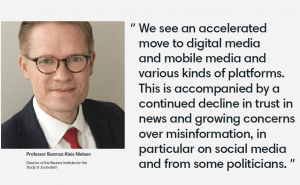
However, on the downside, the newspaper and magazine industries faced growing economic turmoil as advertisers tightened their belts for an expected recession, and print revenues plummeted when lockdowns impeded physical distribution.
The print restrictions also wreaked havoc on the consumer travel industries, including aviation, cruising, and hospitality. But despite experiencing a sudden end to physical marketing and advertising communications (e.g., inflight magazines, daily cruise bulletins, and hotel welcome binders), consumers, and travel brand advertisers didn’t lose out. Those ugly ducklings came through once again, quickly filling the print void with digital replacements.
News consumption: Up, down, and all around
In August 2020, the initial surge in news consumption attributed to COVID-19 dried up, and news avoidance (particularly COVID-related news) soon became the trend. We witnessed it three months earlier when many PressReader users changed their reading behavior, switching to content that allowed them to escape the negativity of hard news and immerse themselves in lifestyle, entertainment, food, and life hacks like home improvement and gardening.
The only exception was New Zealand. Sadly, “escapism” media, often found in magazines, suddenly became unavailable in that country when the government decided to classify magazines as non-essential. As a result, Bauer NZ shut down its presses permanently. The country’s misguided ruling was finally reversed, but the damage was done. Some of those magazines have been resurrected under new ownership, but not all. Not all of those magazines will be coming back.
Are digital editions the new honey pot for publishers?
In 2010, 7% of publishers’ revenue came from subscriptions; display ads accounted for a healthy 58%. Ten years later, display advertising fell to 42%, and reader revenue grew to 22%, according to the Digital Publishers Revenue Index (DPRI).
Accelerated by the impacts of COVID-19, these swings are expected to endure post-COVID. Also, as more publishers diversify their income streams, the hope is that their revenues will continue to trend upwards. According to Richard Reeves, Managing Director of the Association of Online Publishers (AOP), “The publishers that adapt to this change will be the ones that have the most to gain when the storm passes.”
Dan Ison, the lead partner for Telecommunications, Media, and Entertainment at Deloitte agrees, “Purse strings may be tight, but sustained growth in subscriptions, up by 19% year-on-year, demonstrates that consumers are ready and willing to invest in quality content.”
Replicas don’t look so ugly now, do they?
When PressReader’s iPad app was first released in 2010, critics scoffed at the company’s decision to continue to support the replica format saying it was “like putting a blanket over a TV and calling it a radio.” Very funny ;).
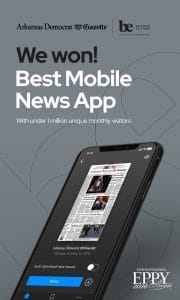
ADG’s owner, WEHCO Media, Inc., didn’t stop there. It purchased the Pine Bluff Commercial and plans to transition its print readers over to digital using the same digital replica + iPad strategy that worked so well for ADG when it began the process with its print subscribers in 2018.
“We are deeply committed to try to find a solution to maintain quality community journalism. We think the digital replica, as well as the core values of serious and objective journalism, is the answer for Pine Bluff. We believe delivering to subscribers the exact same format they enjoyed in print in a digital replica on an iPad is not only a substitute but a better user experience, confirmed by what our readers tell us.”
Walter E. Hussman Jr.,
Publisher of the Arkansas Democrat-Gazette
So, where are all those bespoke, non-replica, expensive solutions into which some publishers invested millions?
Now that’s what I call ugly.
Replicas and revenues go hand in hand
The New York Times has been the poster child for growing subscriber revenue for years, and for good reason. In addition to its NYTimes.com website and app, NYT offers individual subscriptions for its standalone apps (e.g., Digital Replica, Cooking, Crosswords, Audio, and soon to join the mix, Wirecutter). The company’s Q4 2020 subscription growth was a pretty picture many publishers wish they could frame on their office walls.
The NYT also bundles its digital replica with its print offering — helping it transition its print subscribers to a digital product that adds value to what they already love. The publisher recognizes that print has a limited lifespan, so the CEO adopted a retention strategy that creates a digital reading experience that keeps readers engaged. Although we can’t provide any specific data about the number of users and lengthy reading times of the NYT digital replica, we can tell you that the publisher’s digital transition strategy is working. 🙂
The value of digital replica editions
In 2005, PressReader released a product that the company believed was the first step towards diversifying revenues, recognizing there was an expiry date on print. We built it using the same technology that powered our all-you-can-consume paid content platform of newspapers, PressDisplay.com. Most publishers enjoyed the extra revenue PressDisplay provided them, but others pulled their content because they wanted to give it away for free instead. Hard to believe, I know. But I digress.
In 2005 we didn’t try to predict when print’s expiry date was. But we believed that because print editions were worthy of payment, so should the digital versions of them. Digital replica editions fit the bill then, and they still do today.
We’ve written about the benefits of them before, but they’re worth repeating. Enhanced digital replica editions:
- Are one of few products beyond print that generate reader revenue
Enjoy longer engagement with readers, which has shown to reduce churn to as low as 1%
- Allow publishers to integrate digital edition technology directly into their existing feed-based iOS and Android apps, allowing them to eliminate the work and cost associated with building and maintaining two separate products in app stores
- Instill a higher willingness to pay in readers because of the psychological connection they make with the print product
- Provide publishers and editors with insightful analytics for content and readers
- Offer a sense of completion with a beginning, middle, and end; especially with magazines
- Can be integrated with live website feeds, video, audio, photo galleries, and games for a more immersive experience
- Support multiple subscription and bundling options
- Make it easy to promote content through trials, promo codes tied to discounts, and contests
- Can validate print subscribers for seamlessly transitioning them to digital
- Support archived editions and Newspaper in Education (NIE) opportunities
- Have no constraints on when or how often they’re published
- Enable publishers to cut back on print as it makes sense to them (e.g., operationally or financially) and still produce a product that people appreciate has a price point.
Now, I’m not suggesting publishers should peg all their hopes on replica editions; replicas are just one part of a multi-faceted revenue pie for them. Still, it’s the format most familiar to traditional readers who pay for content because it’s connected to the print edition.
Replicas versus paywalls
Paywalls are a double-edged sword. Yes, they can help generate sustainable reader revenue for a minority of publishers, and we all know who they are.
But they can also lead to frustration and subscription fatigue. This affliction can wreak havoc on smaller publishers, particularly those in the general news category that can’t differentiate themselves enough for people to subscribe. Free sources are often sufficient for the majority of news consumers, even during a pandemic.
During the early days of COVID-19, people rushed to subscribe to digital services while in lockdown; we all saw that. However, Deloitte’s 2020 Digital Media Trends survey found that a substantial portion of US consumers in every demographic was already overwhelmed by the ever-growing number of subscriptions available to them pre-COVID. So, it wasn’t a massive surprise that as people sampled more services throughout the pandemic, fatigue set in, and they started pulling the plug.
The newspaper and magazine sectors overall didn’t see any significant gains in subscribers as a result. Almost as many people who signed up for a newspaper or magazine subscription in March canceled it by June.
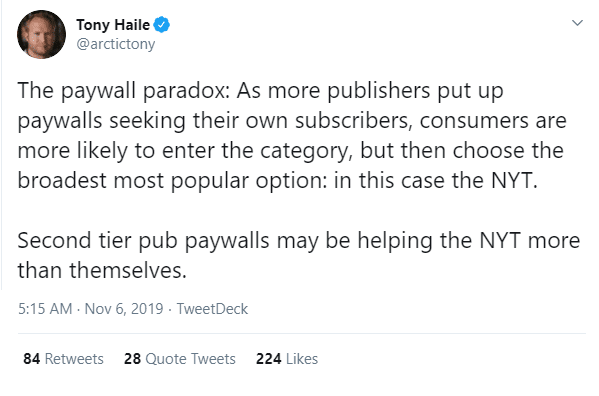
Publications that rely heavily on newswire content, however, have little chance of breaking even. People won’t pay for content they can get elsewhere, and newswire content is everywhere.
In June 2020, researchers at Boston University’s Questrom School of Business found publishing 10 additional in-house articles per day could result in a 15% increase in subscription rates. Publishing 10 extra newswire articles, however, could lower them by 11%. There’s a place for newswire content, but it’s a small place.
Local media’s opportunity
During the COVID bump, local papers like ADG, the Toronto Star, and the Seattle Times saw readership peak in March 2020 along with NYT, WP, and FT. Interestingly, those local publishers kept readers engaged long after the peak, while the major publishers saw interest taper off faster. This runs contrary to what Haile suggested in late 2019 before the pandemic. The discrepancy is one more example of how COVID changed the publishing industry and reader behaviors. The jury’s still out on which behaviors will persist post-pandemic.
Local publishers have an opportunity to make a profit if they stick to producing relevant local content their readers can’t get anywhere else and publish it in an affordable and engaging format. If only the private equity firms and hedge funds gobbling up local papers and spitting them out could see that. According to Walter E. Hussman, Jr., Publisher of the Arkansas Democrat-Gazette, “This [Digital Edition for the iPad] could be the business model that saves community newspapers.”
Reaping the rewards of replicas
A 2020 study by Grzegorz Piechota of INMA looked at 157 publishers’ subscription offerings and discovered that many news outlets with at least two digital products charged extra for replica editions. I tested the theory with a selection of publications, and it’s true for a lot of them, but not all. It makes me wonder if those who don’t charge extra for replica editions are leaving money on the table.
Now take another look at the publishers in the chart. Do you notice anything a bit unusual? Check out the Arkansas Democrat-Gazette. Its digital replica is priced higher than The Economist, The New York Times, The Wall Street Journal, and many other premium news brands.
ADG charges US$34/month for its digital replica edition, which includes an iPad for as long as the person subscribes. But what’s surprising is that the price is the same for subscribers who already have an iPad.
It’s hard to believe that a small newspaper could charge 85% more than The Economist, especially from a state with the third-lowest household income, the third-lowest broadband connectivity, and the fourteenth-lowest literacy rate in the US. And yet, despite all that, Walter E. Hussman Jr. proved that the trust, perceived value, and achievement that comes with printed media carry over to digital replicas, along with the willingness to pay for them. At the time of writing this article, 80% of ADG’s print subscribers had switched to the digital replica.
When asked about the 20% of people who didn’t convert and the loss of that revenue, Hussman was pragmatic, “So, would you rather have 80% of your print subscribers paying you $34 a month? Or would you rather have 100% of your subscribers paying $5 a month? If you do the math, I think you’ll find it’s a much better economic proposition to go with the digital replica.”
Features and apps
In February 2020, as a follow up to his 2018 study, Grzegorz Piechota, Researcher-in-Residence at INMA, analyzed 224 value propositions of national news outlets that sold memberships or subscriptions in 33 countries in the Americas, Africa, Asia, Australia, and Europe. The 2018 study found publishers listing editorial content benefits more frequently over product features. The opposite was observed in 2020, indicating that news subscriptions’ biggest value proposition is now product features, not editorial content. Does that surprise you?
63% of the 224 news outlets reported that mobile and tablet apps were the most significant benefit of a basic digital subscription; 48% listed digital replicas of print editions as the second most important benefit.
 Digital-only publishers want in
Digital-only publishers want in
If you still aren’t convinced of the value of enhanced digital replica editions, this might make you rethink things. In 2017, we packaged selected content from The Guardian Australia’s website into an enhanced digital replica so we could provide the content to our partners (airlines, hotels, and libraries) in the region. It was of particular importance to local airlines because most passengers on board were offline and couldn’t access a web-only publication. We called this web-to-replica product a “Compiled Edition.”
Since then, other online-only publishers (e.g., The Guardian US and Deutsche Welle in Germany) have seen similar success with repackaging their web content into the layout a specific segment of their audience prefers – a finite, digestible format that can be read online or off. It is one of the ways we strive to deliver the right content to the right person in the right format at the right time at the right price.
Pay more attention to attention
“Focusing on exposure only tells half the story: Without knowing what a person pays attention to, we know only that a person clicked, not that they learned.”
Kathleen Searles
Assistant professor of political communication,
Louisiana State University
During COVID-19, we relied heavily on our behavioral analytics platform, NativeAI, to learn how the pandemic affected people’s reading habits. By analyzing over one million different touchpoints, NativeAI generated interest graphs that displayed the type of content people were reading.
What we saw trending in January and what we saw four months later were miles apart. In January, people read about 350K articles about health on PressReader. In March, the number jumped to over 1.4M!
Later, we saw a broader conversation about the effects of lockdowns, working from home, and the pandemic overall. By May, health was on the back burner as people started stressing out over COVID news and escaped to lighter reading materials. Not surprisingly, magazine readership spiked.
Knowing what readers need, when they need it, and giving it to them is essential for a publisher’s editorial process and retention strategy. So I encourage you to start paying more attention to attention by using artificial intelligence to dive deep into what people care about, so you can give them the right content, at just the right time, through the right channels, at the right price.
The power of strategic partnerships
If 2020 taught us anything, it’s that when the going gets tough, going it alone is a lonely and losing proposition. Many in mainstream media also learned why digital replica editions should be an integral part of every publishers’ monetization strategy. The question is, “Do you build it yourself or partner for success?”
Boeing and Airbus don’t build engines for their planes, and Starbucks doesn’t grow its coffee. But it’s not just about building or buying; it’s about what makes business sense. Look at Apple and Samsung; they are staunch competitors (and parties to multiple lawsuits against each other). And yet, until 2017, Samsung was the exclusive supplier for screens for iPhones—a deal thought to be worth ~US$20B annually for Samsung. Talk about strange bedfellows!
The supply chain has diversified in more recent times, but 80% of the screens for iPhone 12 still comes from Samsung, LG, and the largest display manufacturer in China, BOE.
The lesson here is that successful businesses focus on their core competencies and source everything else from others (partners or competitors) who devote a lot of time, money, research, and development to create the right product/solution for their customers.
So as we navigate the proverbial new normal, we invite you to talk to us about capitalizing on your biggest asset (your content) by showcasing it and monetizing it using the best-in-class digital edition technology. The financial rewards are there.
*This article was originally published in the April 2021 edition of The Insider on PressReader.com.
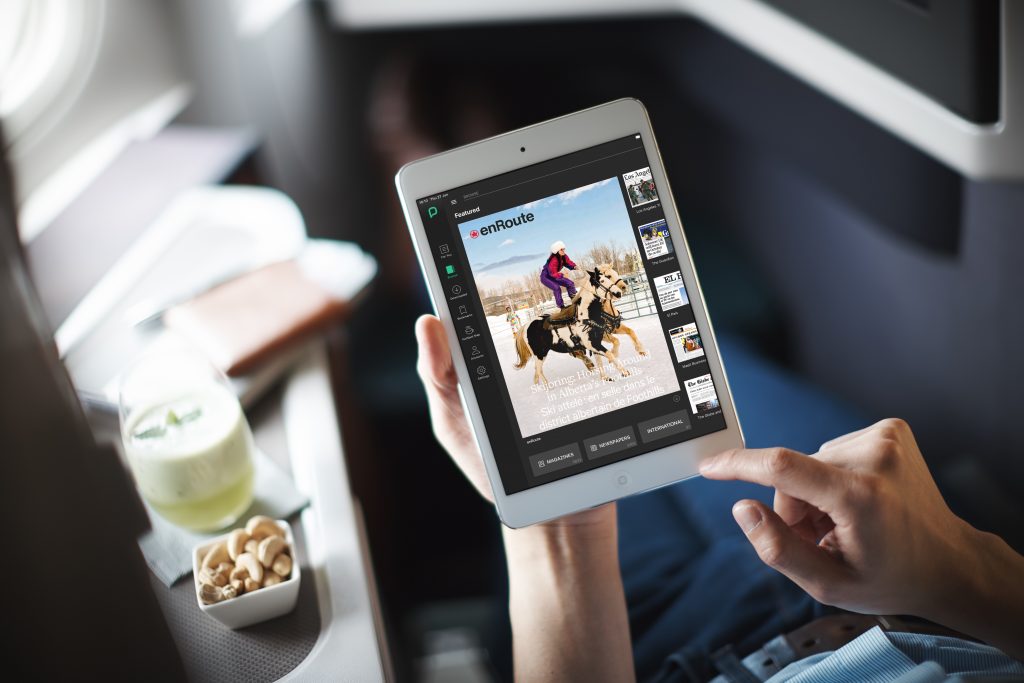

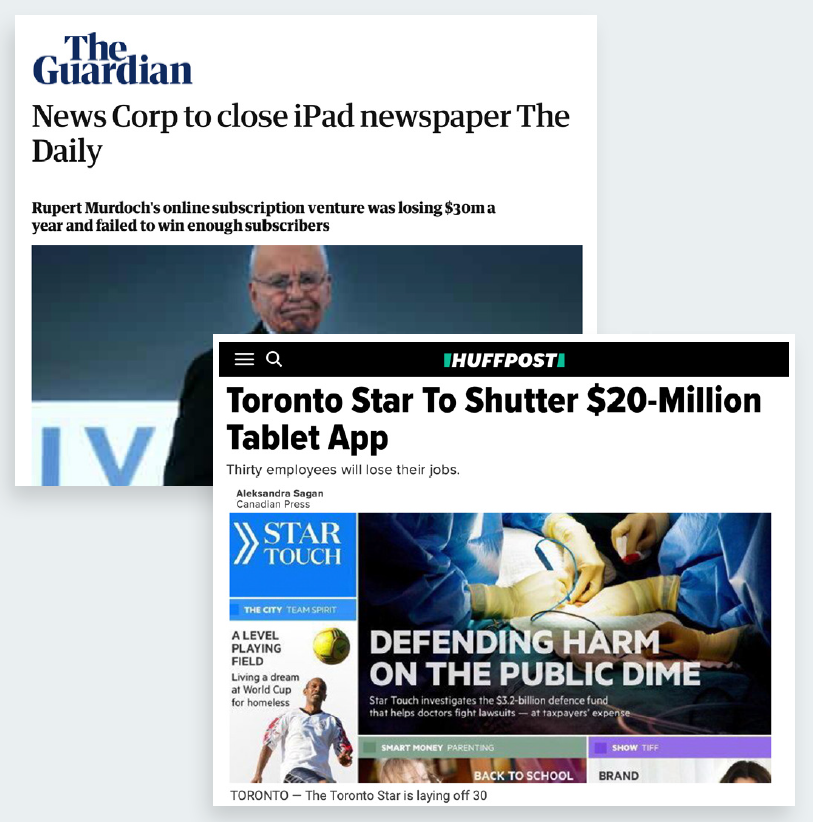
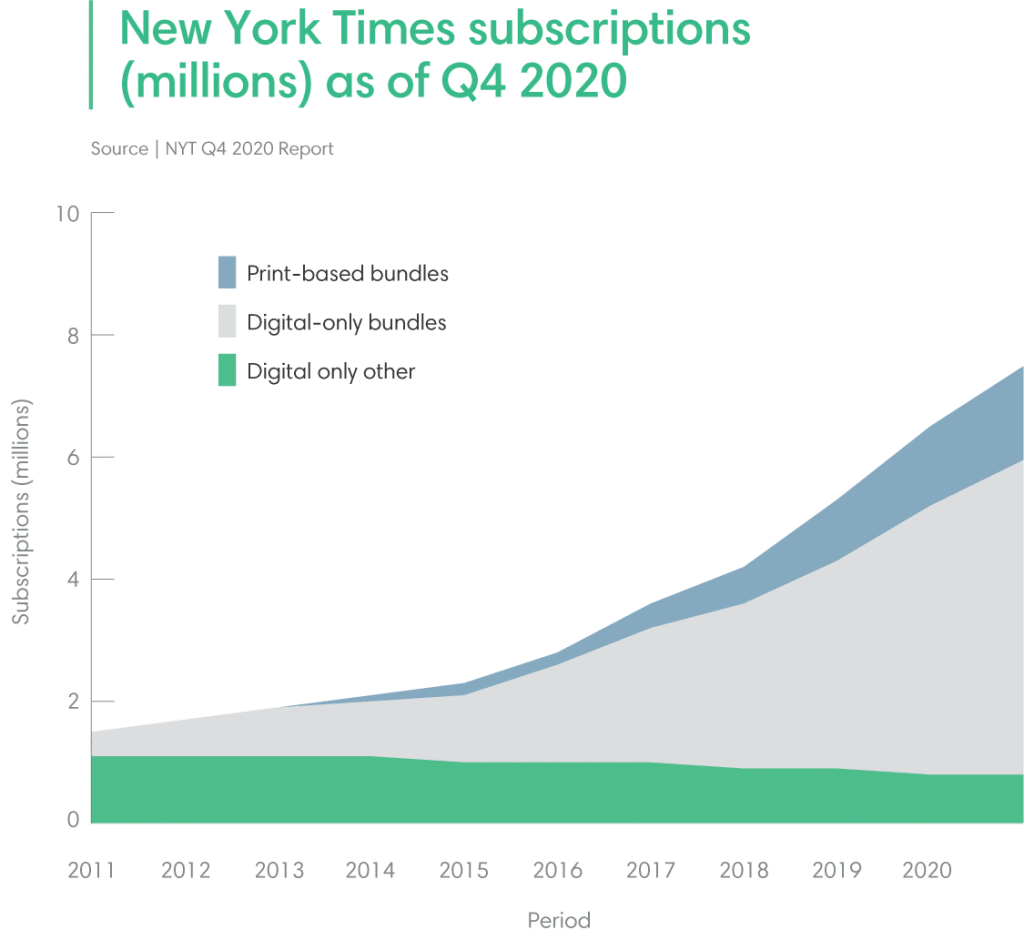
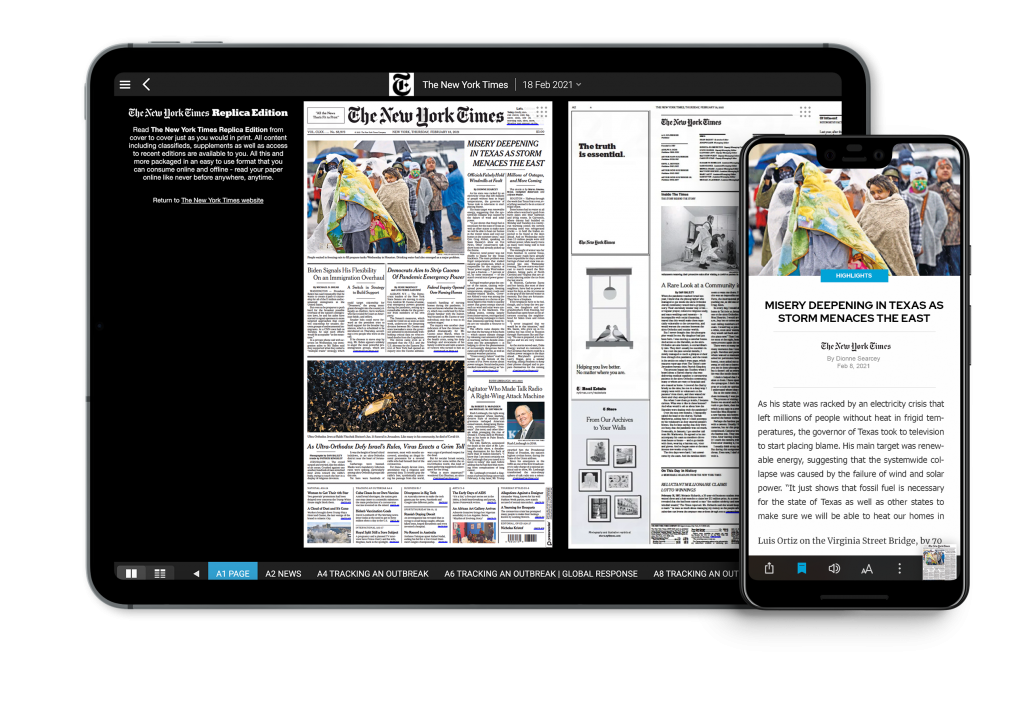
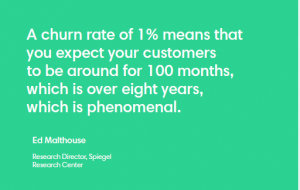 Enjoy longer engagement with readers, which has shown to
Enjoy longer engagement with readers, which has shown to 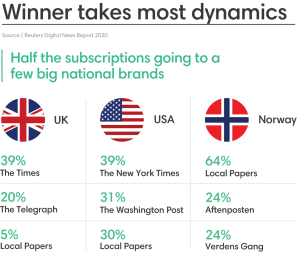
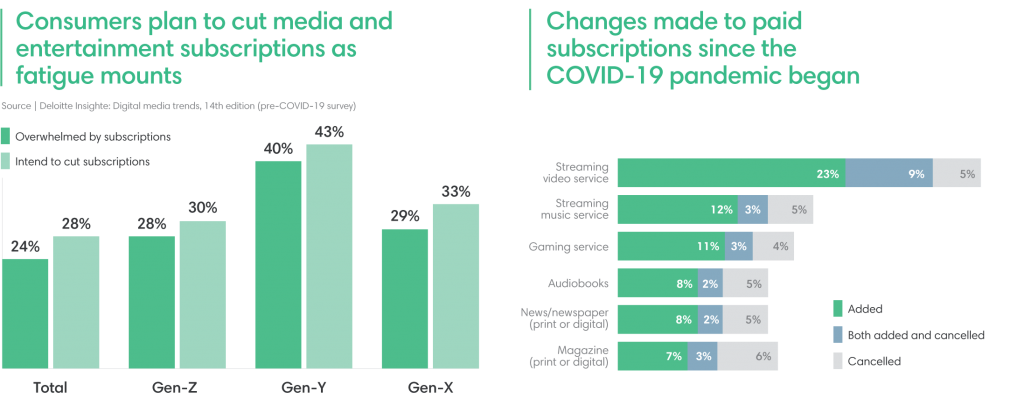
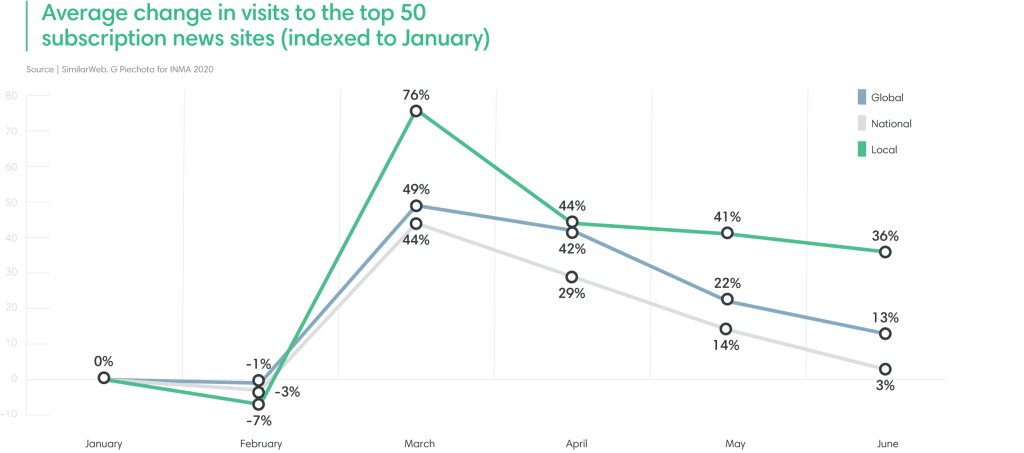
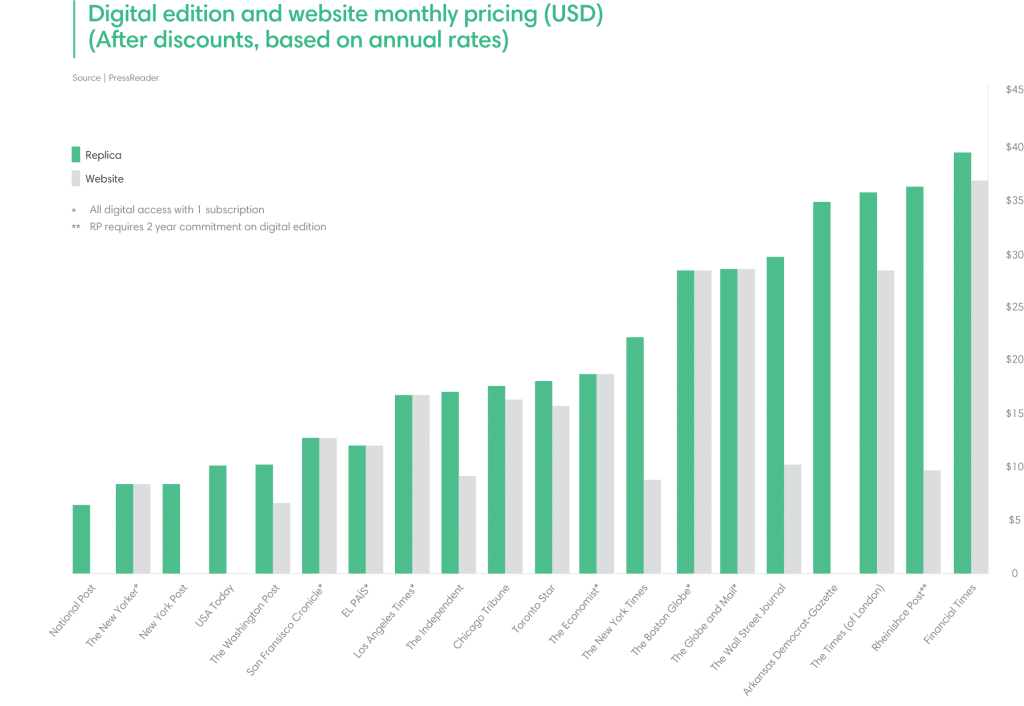
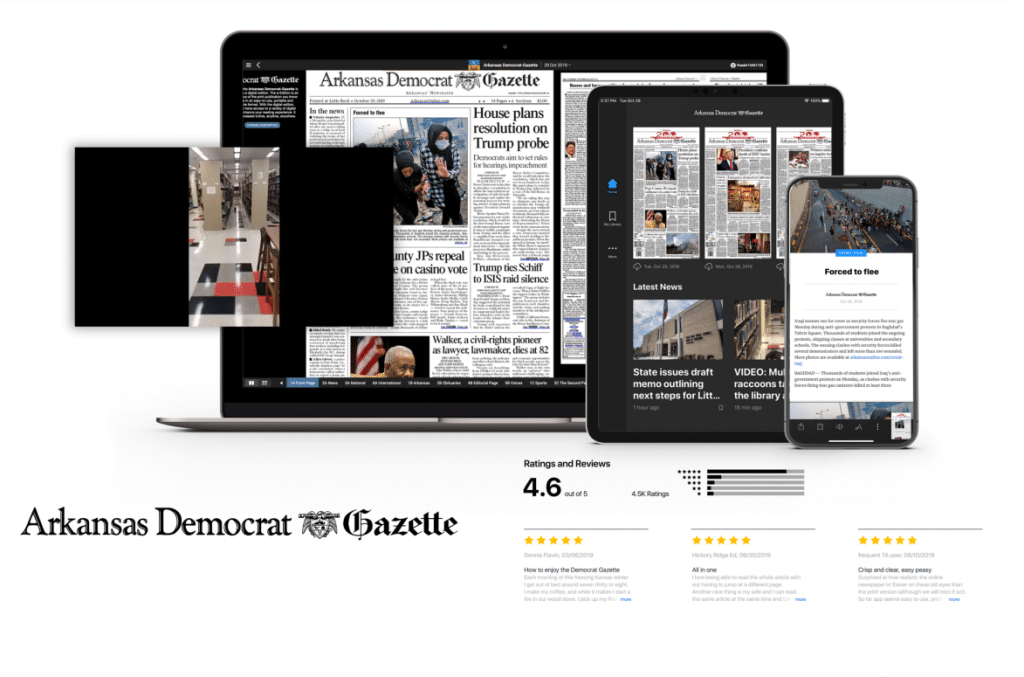
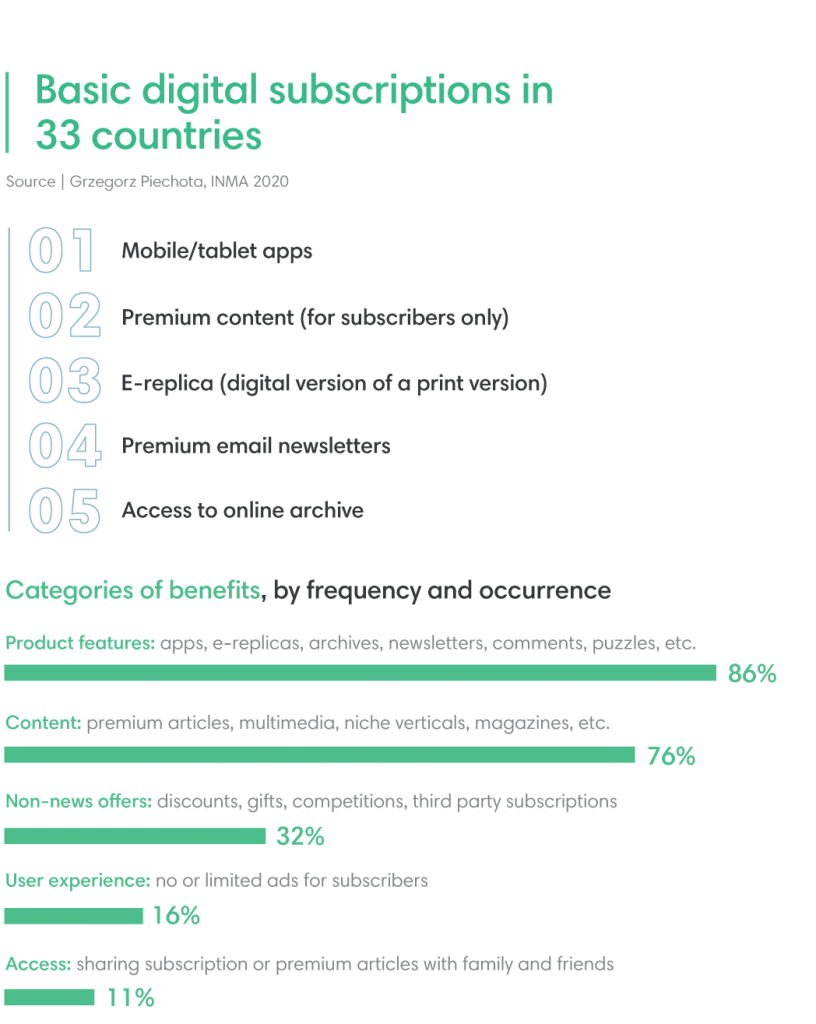
 Digital-only publishers want in
Digital-only publishers want in